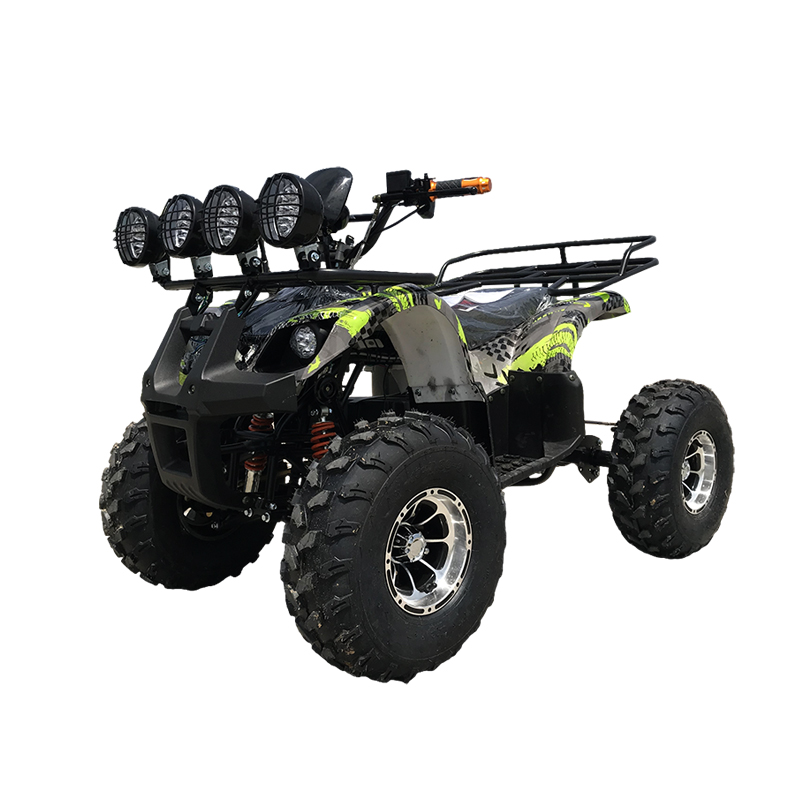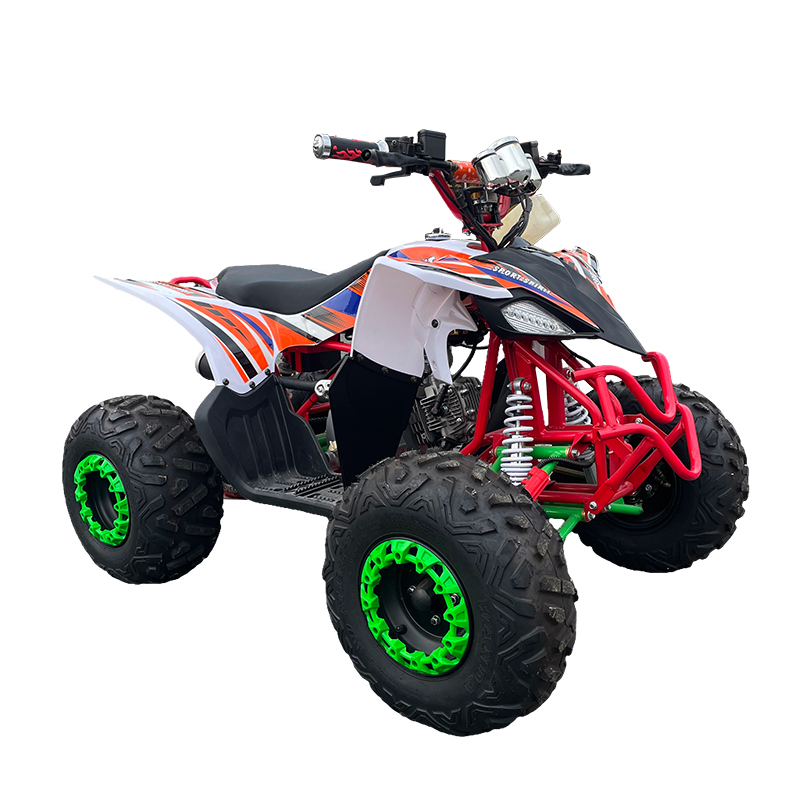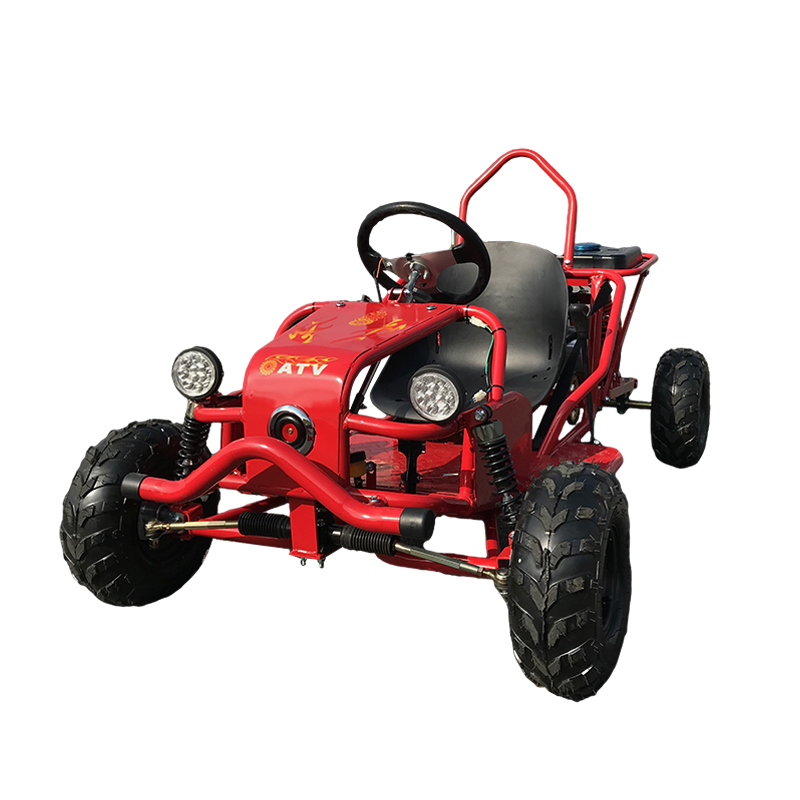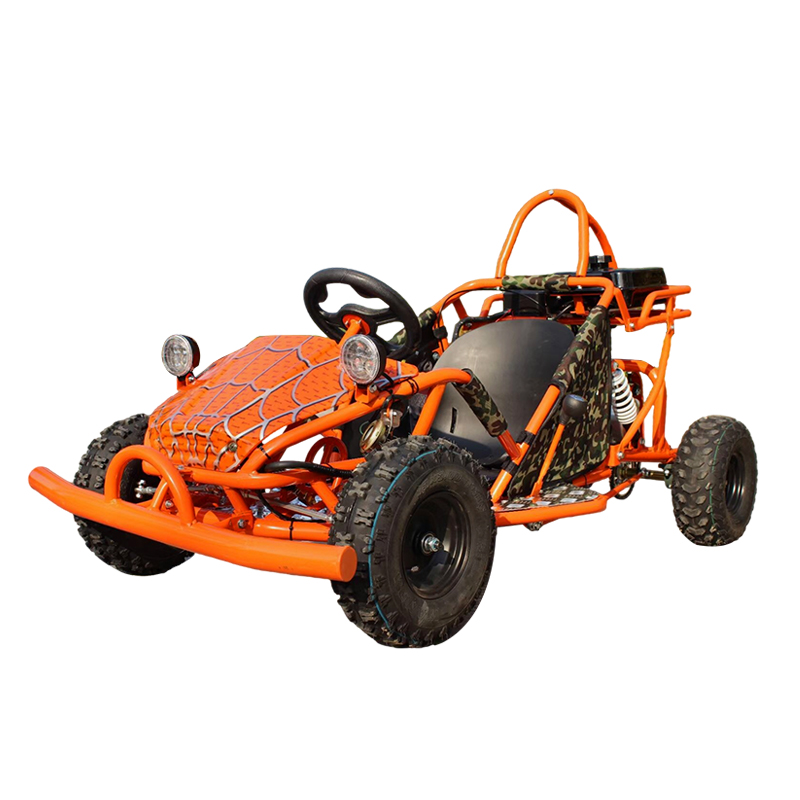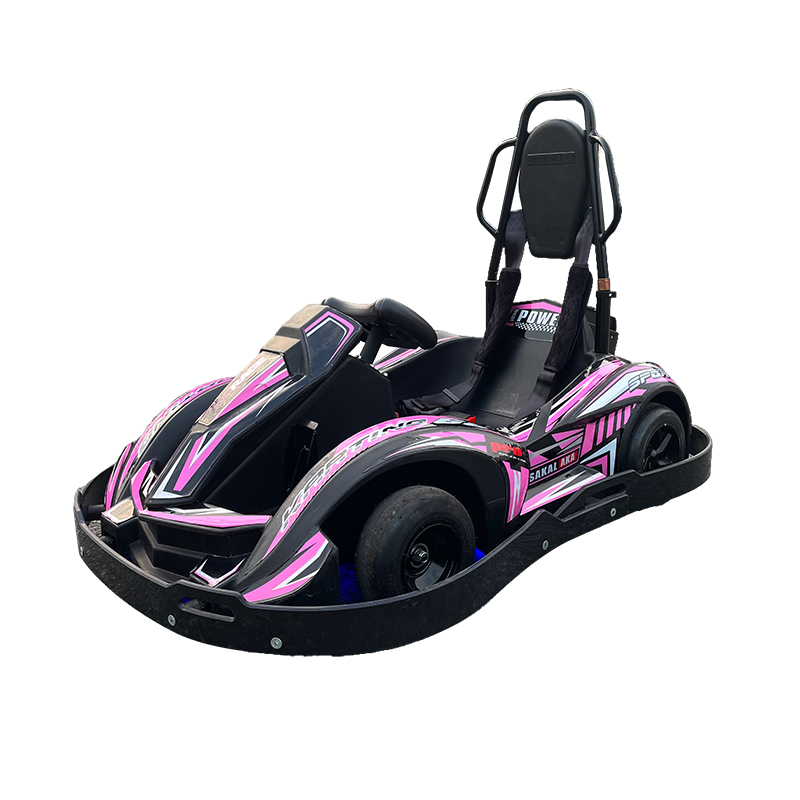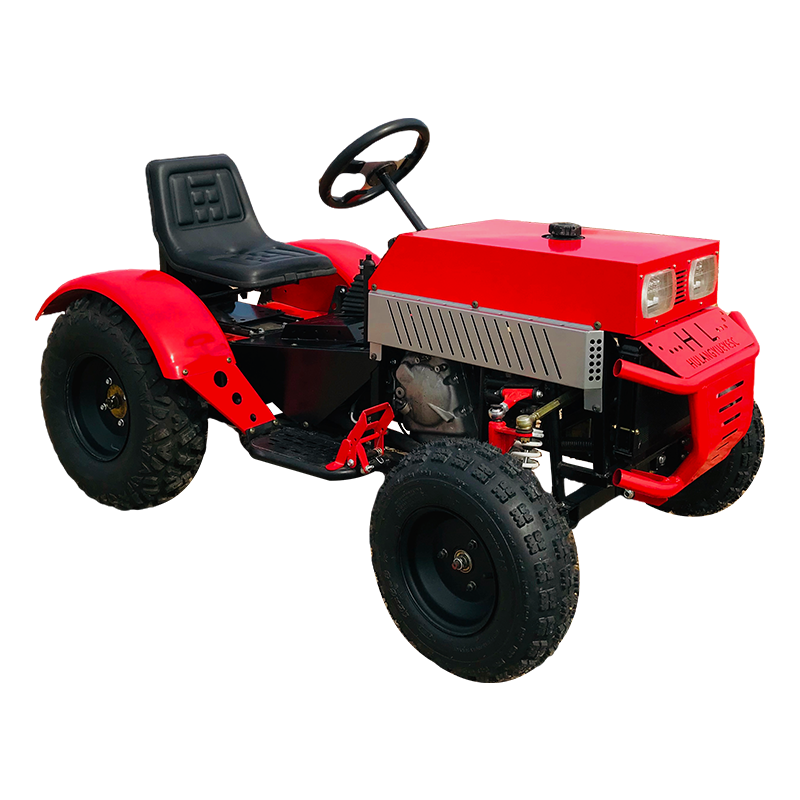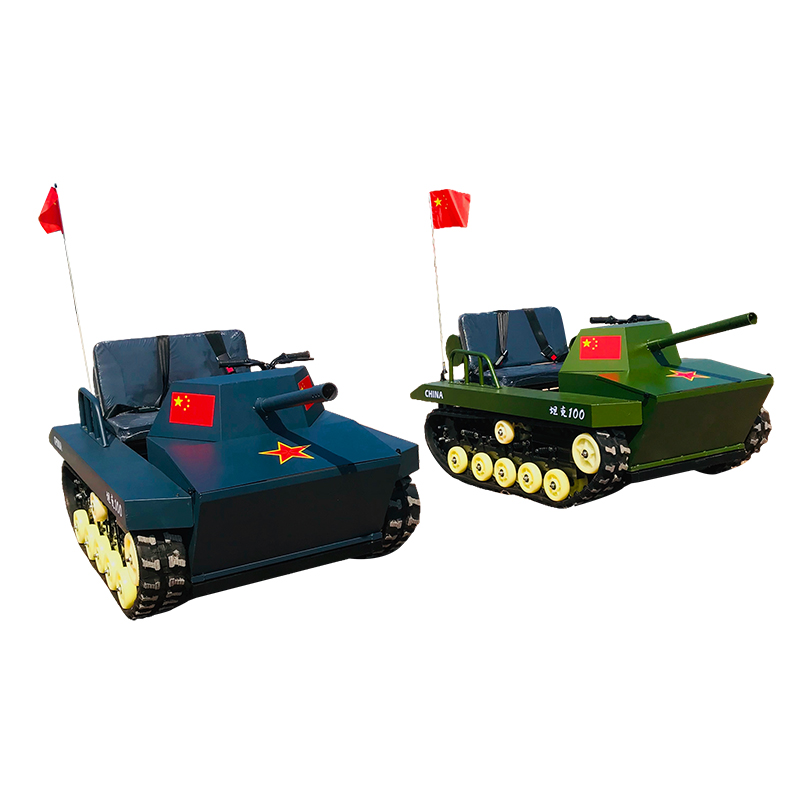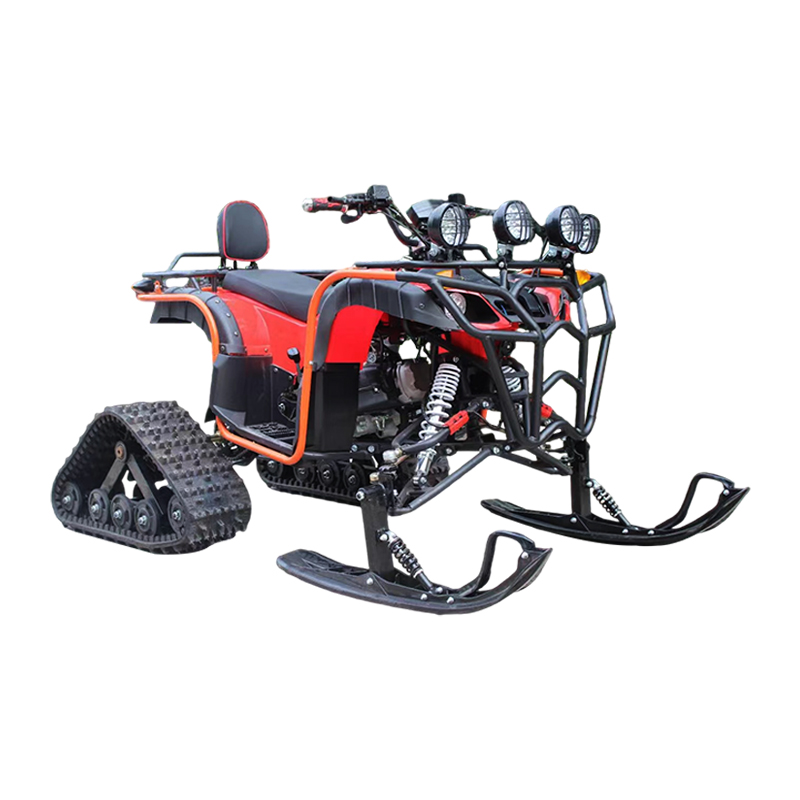Winter off-roading brings a unique challenge—navigating deep snow without getting stuck. While snowmobiles are the go-to choice, many adventurers wonder if a 4-wheel recreational vehicle, such as an electric four wheeler ATV or a modified 4 wheel drive go kart, can handle the task when equipped with paddle tires. The answer isn't simple—it depends on the machine, setup, and conditions.
Paddle tires, with their large, scooped treads, are designed to dig into loose terrain like sand and snow. On a traditional 4-wheel recreational vehicle, such as a gas-powered ATV, they can significantly improve traction in powder. But not all vehicles perform the same. A lightweight electric four wheeler ATV might struggle in deep snow due to battery weight distribution, while a high-torque 4 wheel drive go kart with aggressive paddles could fare better.
The key factors are ground clearance, weight, and power. A heavy 4-wheel recreational vehicle with low clearance will sink, while a lighter electric four wheeler ATV with paddles might float better—if it has enough torque to spin the tires. Meanwhile, a purpose-built 4 wheel drive go kart with a locked differential and deep paddles could plow through snowbanks that would stop a standard ATV.
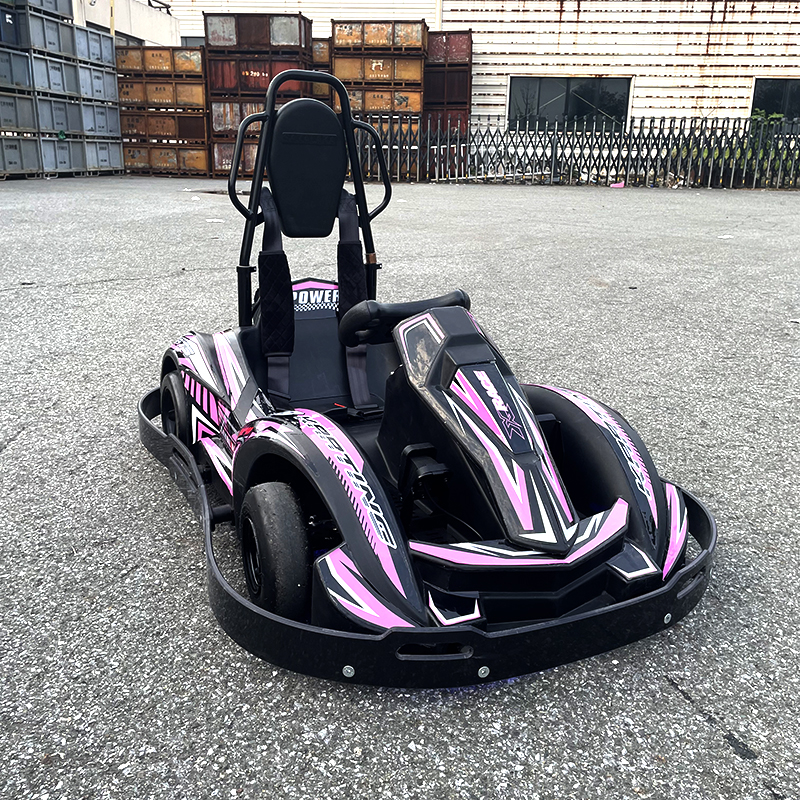
Electric ATVs are gaining popularity, but how does an electric four wheeler ATV compare to gas models in deep snow? The instant torque of electric motors helps, but cold weather drains batteries faster, reducing range. A gas-powered 4-wheel recreational vehicle doesn't have this issue, but it may lack the low-end grunt needed for thick snow unless properly tuned.
A modified 4 wheel drive go kart with a small gas engine and paddle tires can be surprisingly capable, but it's usually not built for winter conditions. Meanwhile, high-performance electric four wheeler ATV models, like those from Tesla's off-road division or other premium brands, may offer better traction control, helping them crawl through snow where traditional ATVs spin out.
Enthusiasts have experimented with paddle tires on various 4-wheel recreational vehicles, with mixed results. A stock ATV with basic paddles might handle a few inches of snow, but once the powder gets deep, even tires can't prevent high-centering. A lifted electric four wheeler ATV with extra-wide paddles stands a better chance, but battery life remains a limiting factor.
On the other hand, a heavily modified 4 wheel drive go kart—built with a high suspension, deep paddles, and a winch—can sometimes outperform factory ATVs in snow. However, these setups are special and often custom-built, meaning riders won't have access to them.
While paddle tires help, they're not a magic solution. A 4-wheel recreational vehicle—whether an electric four wheeler ATV, gas ATV, or 4 wheel drive go kart—will always have limits in deep snow. Factors like snow density, ice layers, and incline play huge roles. For conditions, tracked conversions or a dedicated snowmobile are still options.
That said, for moderate snow (under 12 inches), a properly equipped 4-wheel recreational vehicle can be a fun winter toy. Riders should always go out prepared—with recovery gear, spare batteries (for electric models), and a buddy system in case of getting stuck.
So, can a 4-wheel recreational vehicle handle deep snow with paddle tires? Yes, but only under the right circumstances. An electric four wheeler ATV might work for short bursts in packed snow, while a lifted 4 wheel drive go kart with deep paddles could tackle deeper drifts. However, for serious snow riding, enthusiasts will still prefer a snowmobile or a tracked ATV conversion.
For those determined to take their 4-wheel recreational vehicle into the winter wilderness, paddle tires are a worthwhile upgrade—just don't expect miracles. Test cautiously, know your machine's limits, and always ride with a backup plan.

